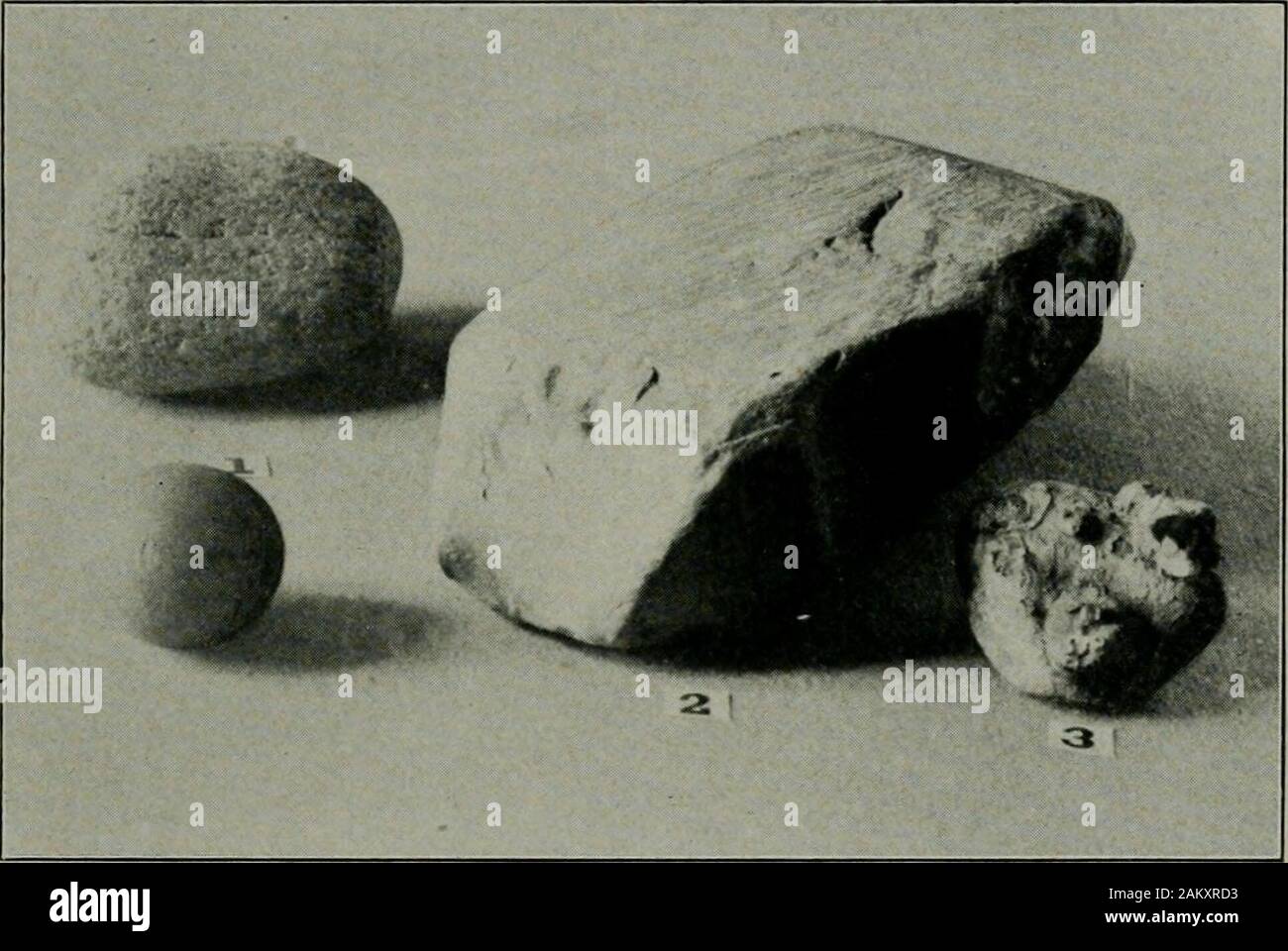Physical features of the Des Plaines Valley . because the stone tends to orient itself in the position in which itwill offer least resistance to the abrading force. This feature is illus-trated in the glacial stone in Plate 3. As regards the composition of its rock particles, the till exhibits avery remarkal)le variety. The pebbles and bowlders show a lithologicalheterogeneity far greater than any lot of pebbles that a river or a lakealone would be likely to collect. While most of the pebbles resemble theunderlying rock, many of them correspond to rock formations whichoccur not nearer than 50.

Image details
Contributor:
The Reading Room / Alamy Stock PhotoImage ID:
2AKXRD3File size:
7.2 MB (340 KB Compressed download)Releases:
Model - no | Property - noDo I need a release?Dimensions:
1932 x 1294 px | 32.7 x 21.9 cm | 12.9 x 8.6 inches | 150dpiMore information:
This image is a public domain image, which means either that copyright has expired in the image or the copyright holder has waived their copyright. Alamy charges you a fee for access to the high resolution copy of the image.
This image could have imperfections as it’s either historical or reportage.
Physical features of the Des Plaines Valley . because the stone tends to orient itself in the position in which itwill offer least resistance to the abrading force. This feature is illus-trated in the glacial stone in Plate 3. As regards the composition of its rock particles, the till exhibits avery remarkal)le variety. The pebbles and bowlders show a lithologicalheterogeneity far greater than any lot of pebbles that a river or a lakealone would be likely to collect. While most of the pebbles resemble theunderlying rock, many of them correspond to rock formations whichoccur not nearer than 50. 100, or even several hundred miles. Such, forinstance, are the granites, diabases, quartz-porphyries and amvgdaloids, which came from northern Wisconsin or beyond, and the quartzites whichcame from the same region or perhaps from certain >small area? of •quartzite in south central Wisconsin. Xo agency except ice is known, by which rock material would be collected from such Avidely separated STATE GEOLOGICAL, SURVEY. BULL. NO. 11, PL. 3.. Pebbles from the drift. (1) glacial gravel, (2) till, (3) gravel pebbles partly cemented by carbonate of lime. GOLDTHWAIT.J GLACIAL AND INTEE-GLACIAL DEPOSITS 37 sources and transported to a single place hundreds of miles away. Espec-ially is this true when we remember that coarse and fine are intimatelycomminorled/and that the material came from various river basins. LIST or ROCKS FOUXD IX THE TILL. A list of several kinds of rock, represented by pebbles, bowlders andother fragments in the drift, together with simple means of identifyingthem, is given below: Igneous Rocks. (Rocks solidified by cooling from a hot, molten condition.) Granite.—Crystalline, usually coarse-grained, speckled appearance due topresence of many separate crystals of three or more kinds of minerals, chiefamong which are: Quartz (white or sugary, and very hard); Feldspar(whitish or reddish, according to impurities and decayed condition, in partwith somewhat rectangu